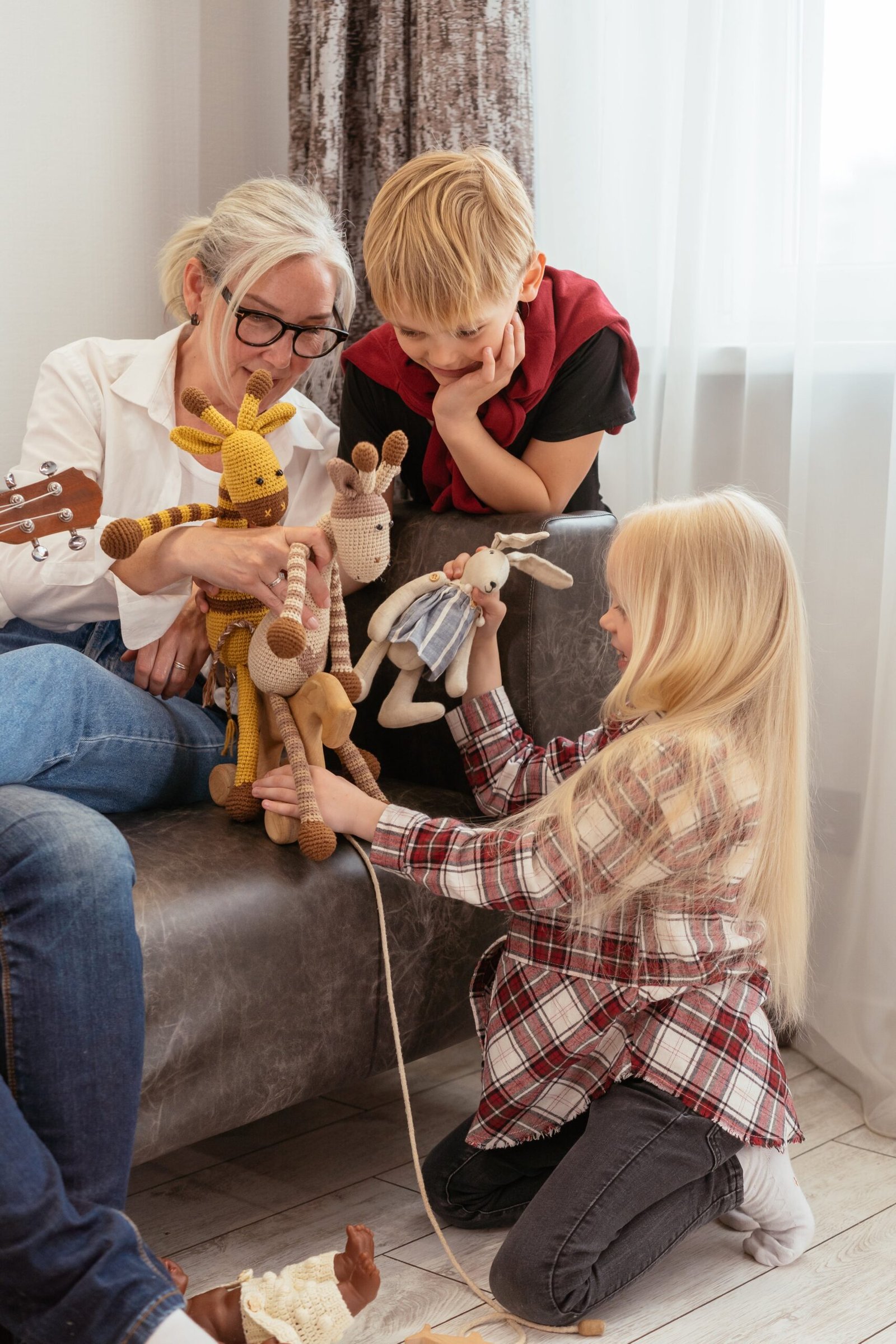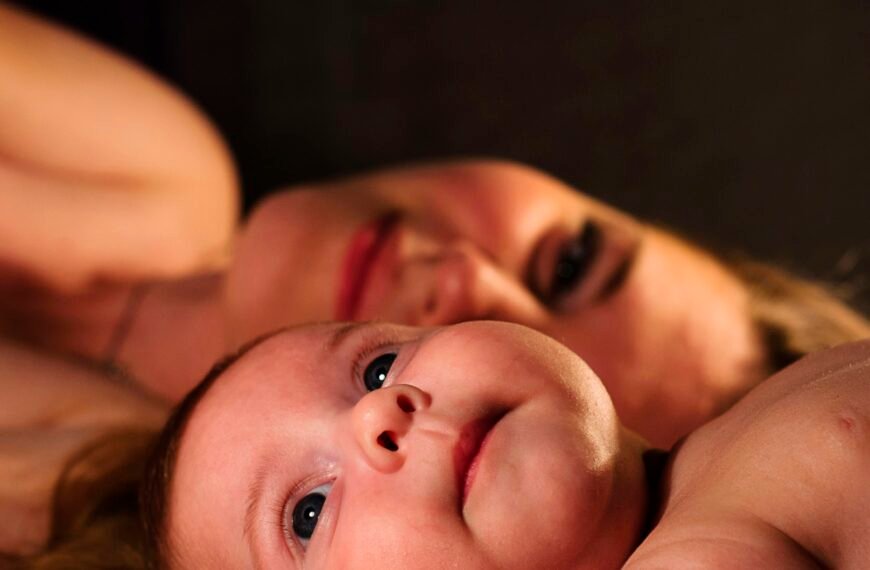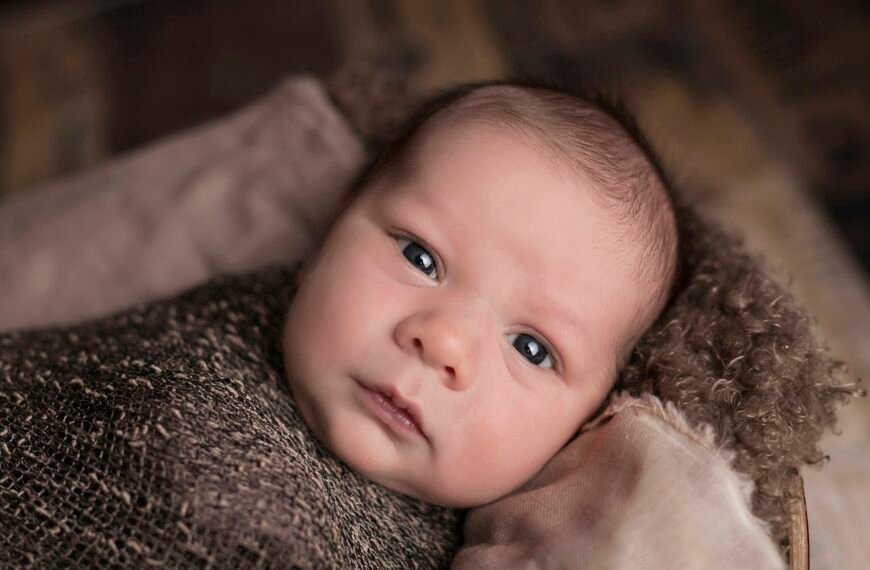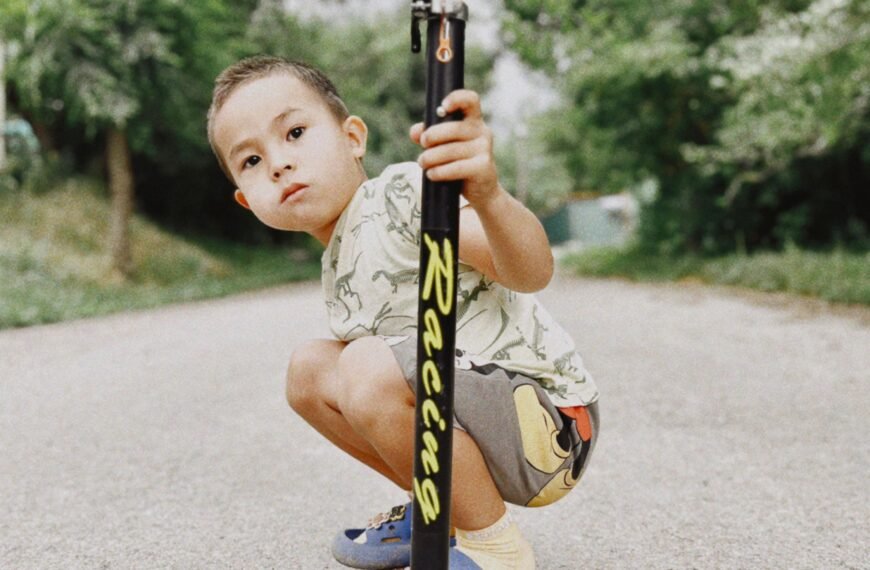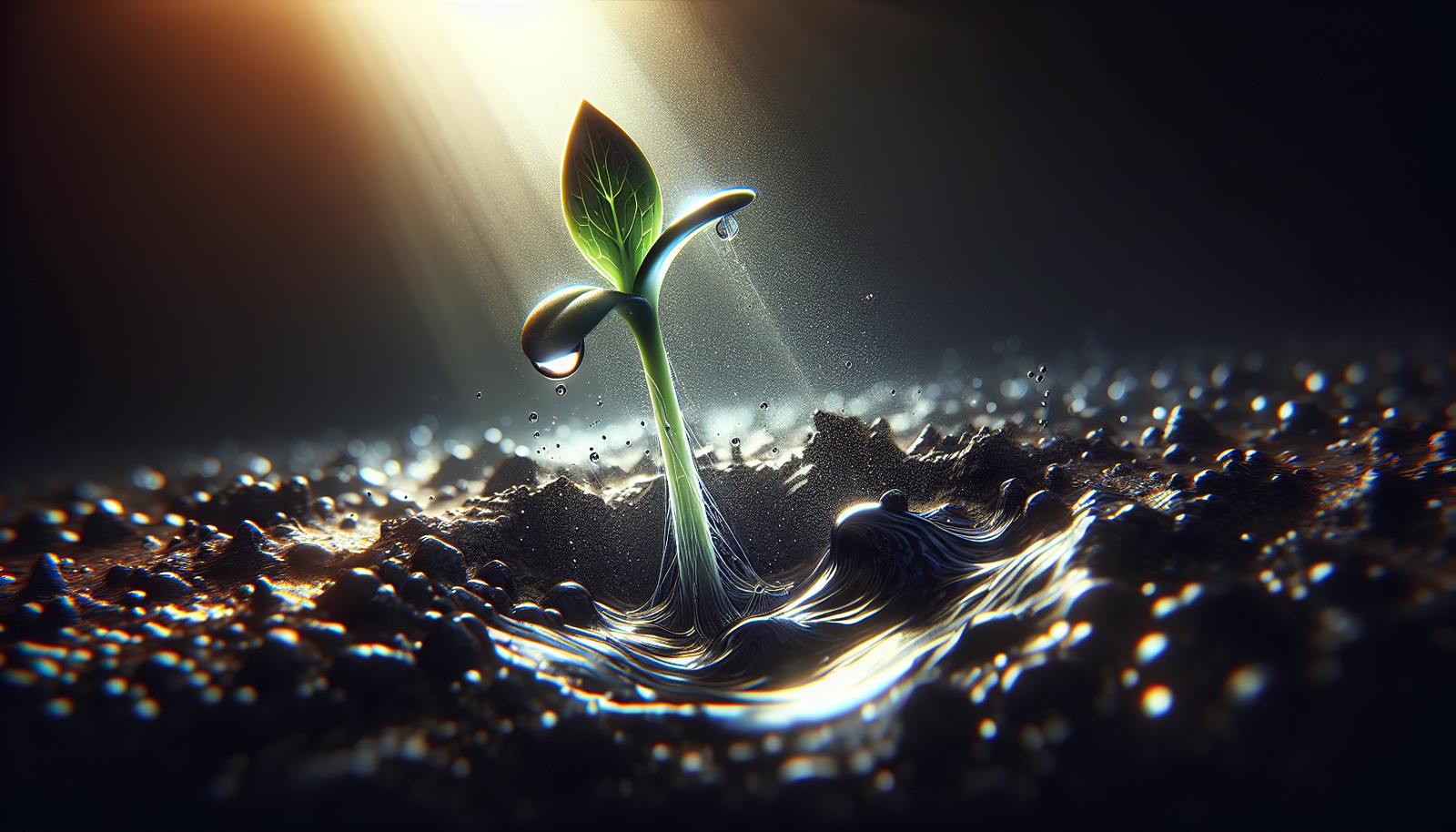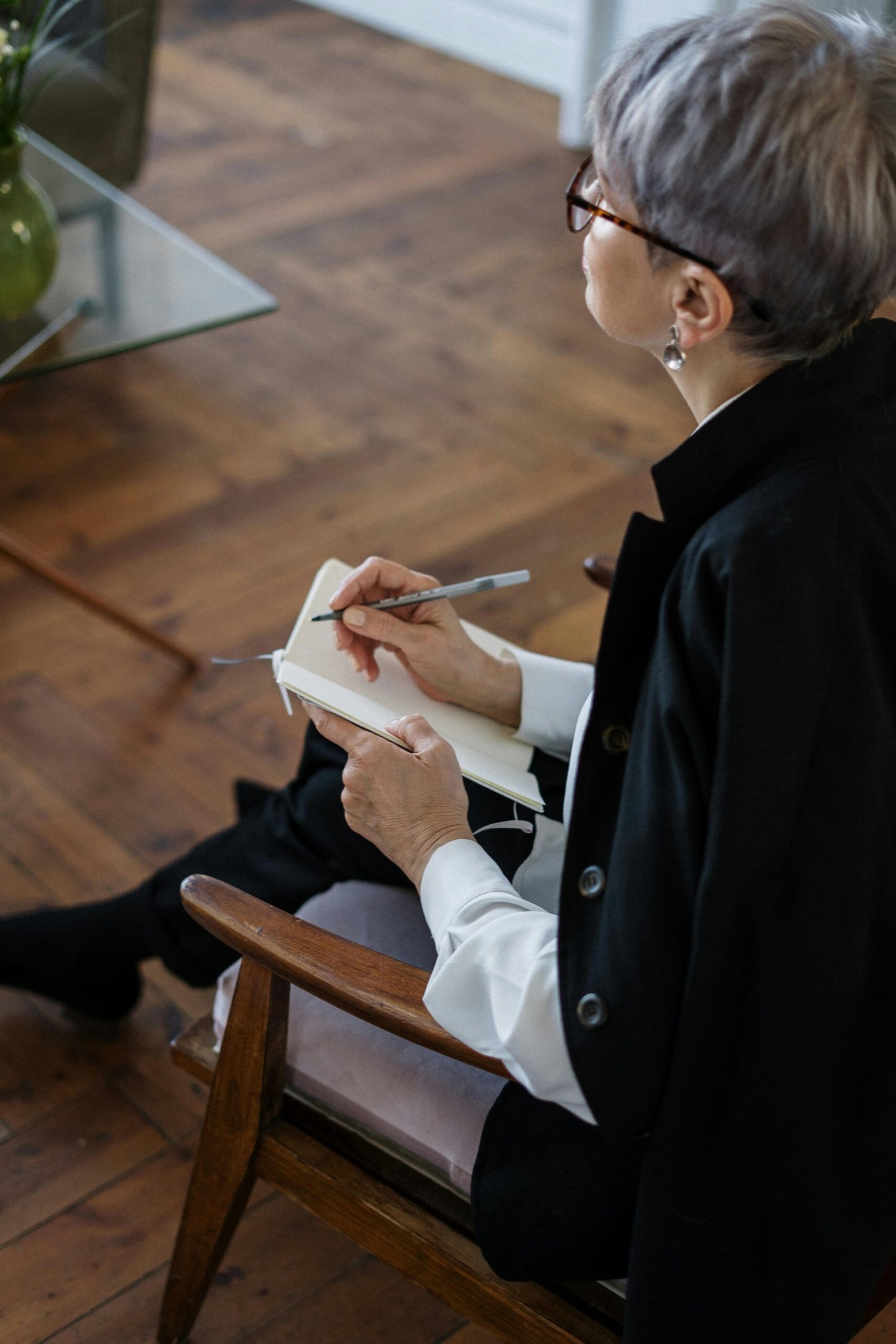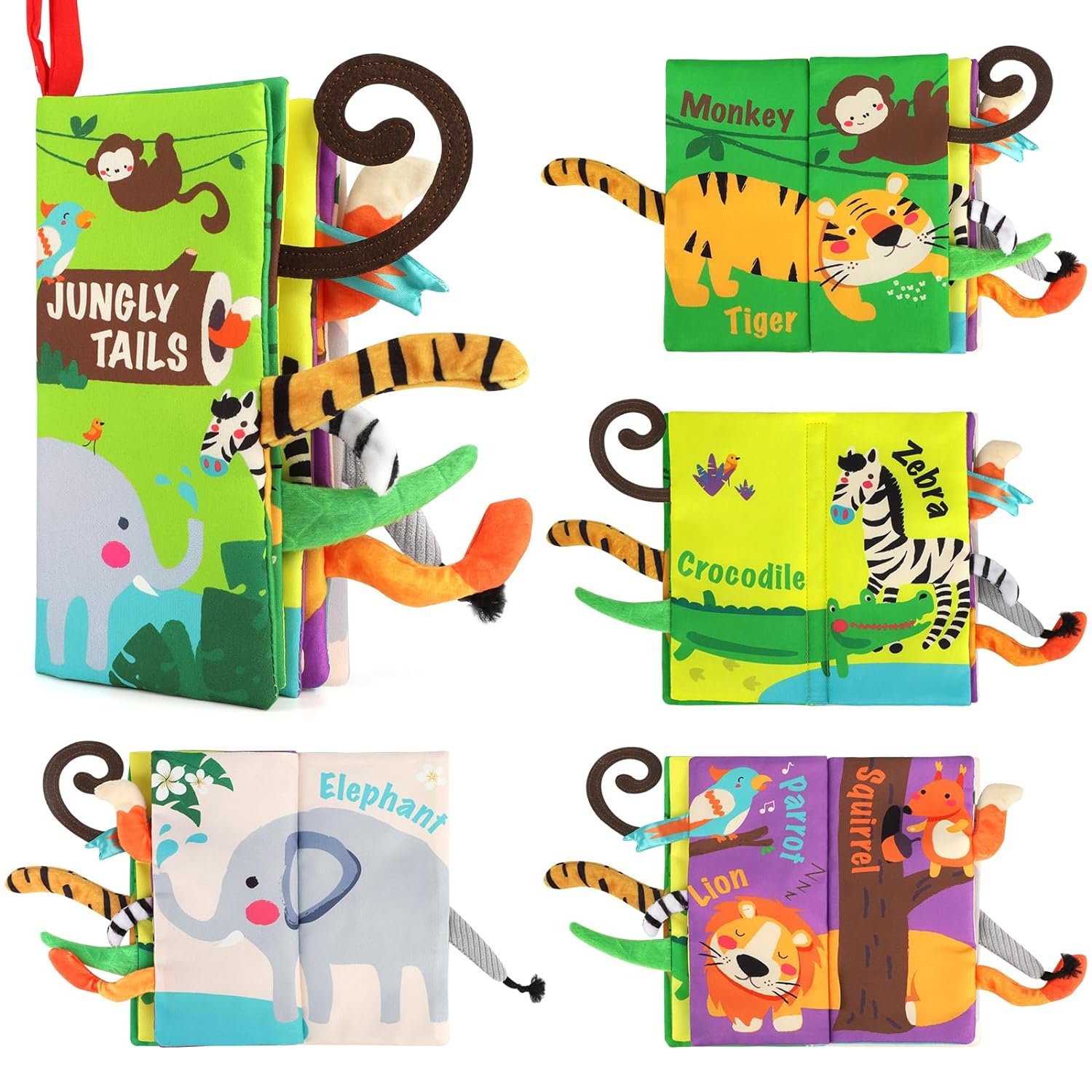Did you ever wonder when your little one should start grabbing toys? It’s an exciting milestone that marks their growing dexterity. As babies develop their hand-eye coordination, they gradually learn to reach out and hold objects of interest. From about three months of age, you might start noticing their curiosity as they attempt to grasp toys within their reach. With each passing month, their grip strengthens, allowing them to explore and interact with the colorful world of toys that surround them. It’s a thrilling moment in your baby’s development, so be prepared to cheer them on as they embark on this exciting journey of exploration and discovery.

Check Baby Toys Guide & Review
When Can Babies Start Grabbing Toys?
As a new parent, watching your baby grow and develop is an exciting experience. One important milestone in your baby’s development is when they start grabbing toys. This signifies the beginning of their fine motor skills development and their ability to interact with the world around them. But when exactly can you expect your baby to start grabbing toys? Let’s explore the different age ranges and developmental milestones associated with this skill.
Developmental Milestones
Fine Motor Skills Development
Before babies can start grabbing toys, they need to develop their fine motor skills. These are the small muscle movements that allow them to use their hands and fingers to grasp objects. Fine motor skills are crucial for various daily tasks, including feeding, writing, and manipulating objects. As your baby grows, their fine motor skills will improve, allowing them to have better control and coordination when grabbing toys.
Hand-Eye Coordination
Hand-eye coordination is the ability to synchronize what your eyes see with the movements of your hands. This skill is essential for babies to successfully reach out and grab toys. During the first few months of their lives, babies are still learning to coordinate their vision and hand movements, making it more challenging for them to grab objects. As their hand-eye coordination improves, they will become more adept at reaching and grasping toys.
Gross Motor Skills Development
Gross motor skills involve the use of large muscle groups to perform activities like crawling, sitting, and eventually walking. While grabbing toys primarily involves fine motor skills, gross motor skills play a crucial role in supporting your baby’s ability to reach for and manipulate objects. As your baby’s gross motor skills develop, they will gain better control and stability, making it easier for them to engage in activities like reaching for their toys.
Age Ranges
Now let’s break down the age ranges and the specific developmental milestones associated with each stage of a baby’s growth when it comes to grabbing toys.
0-3 Months
During the first three months, your baby is still adjusting to the world around them. While they may not have full control over their hands and fingers just yet, there are still some important milestones to note:
Visual Stimulation
At this stage, babies are captivated by contrasting colors and patterns. Providing them with visually stimulating toys, such as those with high-contrast designs or colorful mobiles, can encourage them to focus their attention and start engaging with their surroundings.
Grasping Reflex
Babies are born with a natural grasping reflex, which means they will instinctively close their hands around objects that come into contact with their palms. While this reflex is not fully controlled during the first few months, you may notice your baby occasionally grasping onto objects that are near them.
Encouraging Interaction
Even though your baby’s hand control is still developing, you can start encouraging interaction with toys by placing them within reach. Soft and lightweight toys are ideal for this stage, as they are easier for your baby to grasp and explore.
3-6 Months
As your baby enters the 3-6 month age range, their fine motor skills and hand control will start to improve. This will lead to exciting advancements in their ability to grab toys:
Increased Hand Control
Between 3-6 months, you will notice your baby gaining more control over their hands and fingers. They will start swiping at objects intentionally and attempting to bring them closer. This increased hand control lays the foundation for their ability to grab and hold toys.
Reaching Out
During this stage, babies will become more active in reaching out for toys that catch their attention. They will stretch their arms, trying to grasp objects within their reach. Soft toys with interesting textures can be particularly engaging at this stage.
Exploration through Mouthing
At around 4-6 months, babies begin exploring objects using their mouths. This is a normal part of their development and helps them learn about different textures and shapes. Make sure to provide age-appropriate toys that are safe for mouthing, such as teething toys or toys made specifically for this purpose.
6-9 Months
Between 6-9 months, your baby’s hand-eye coordination will continue to improve, leading to more purposeful grabbing and manipulation of toys:
Improved Hand-Eye Coordination
By the 6-9 month mark, your baby’s hand-eye coordination will have matured significantly. They will be able to accurately reach for toys and coordinate their hand movements to pick them up.
Purposeful Grasping
At this stage, your baby will begin to grasp objects more intentionally. They may grab onto toys and transfer them from hand to hand, exploring different ways to hold and manipulate them.
Transfer of Objects
Between 6-9 months, babies start developing the ability to transfer objects from one hand to the other. This milestone is an important step towards developing their fine motor skills and gaining better control over their hands.
9-12 Months
Between 9-12 months, your baby’s fine motor skills will continue to refine, leading to more complex grabbing and manipulating abilities:
Fine Manipulation Skills
At this stage, your baby’s fine motor skills will become more refined. They will be able to use their fingers more individually and precisely, allowing for more intricate grabbing and manipulation of toys.
Pincer Grasp
The pincer grasp is a significant milestone that typically emerges around 9-12 months. It involves using the thumb and index finger to pick up small objects. Once your baby develops this grasp, they will be able to grasp smaller toys or objects with more control.
Object Permanence
Around this time, babies also begin to develop object permanence. This means they understand that even if a toy is out of sight, it still exists. As a result, they may show a stronger desire to reach and grab toys, knowing that they can retrieve them even if they temporarily disappear.
12+ Months
From 12 months and beyond, your baby’s grabbing abilities will continue to improve, allowing for more imaginative and engaging play:
Stacking and Sorting
Around this age, babies start to enjoy activities that involve sorting and stacking toys. They will explore different ways to manipulate objects, stacking blocks or nesting toys, and beginning to understand concepts like size and spatial relationships.
Push and Pull Toys
As your baby becomes more mobile, they will have the opportunity to play with push and pull toys. These toys help develop their grabbing skills as they hold onto handles or strings and guide the toy in different directions.
Imagination and Pretend Play
At this stage, your child’s grabbing abilities will have become quite advanced. They will be able to use their hands and imagination to engage in pretend play. This could involve grabbing toys and incorporating them into their imaginary scenarios, such as feeding a doll or using a toy phone.
Safety Considerations
When it comes to choosing toys for your baby to grab and play with, safety should always be a top priority. Here are a few key safety considerations to keep in mind:
Avoid Small Parts
Toys with small parts pose a choking hazard, especially for younger babies who tend to put everything in their mouths. Always check the age range specified by the manufacturer and ensure that the toys you provide are appropriate for your baby’s developmental stage.
Avoid Toys with Strings or Cords
Toys with strings or cords can pose a strangulation risk if they accidentally become wrapped around a baby’s neck. Opt for toys without long strings or cords, or make sure they are securely attached and cannot easily be pulled off.
Check Toy Materials
Ensure that the toys you choose are made from safe and non-toxic materials. Avoid toys that contain harmful chemicals such as lead or phthalates. Look for toys that are labeled as BPA-free and meet safety standards set by reputable organizations.
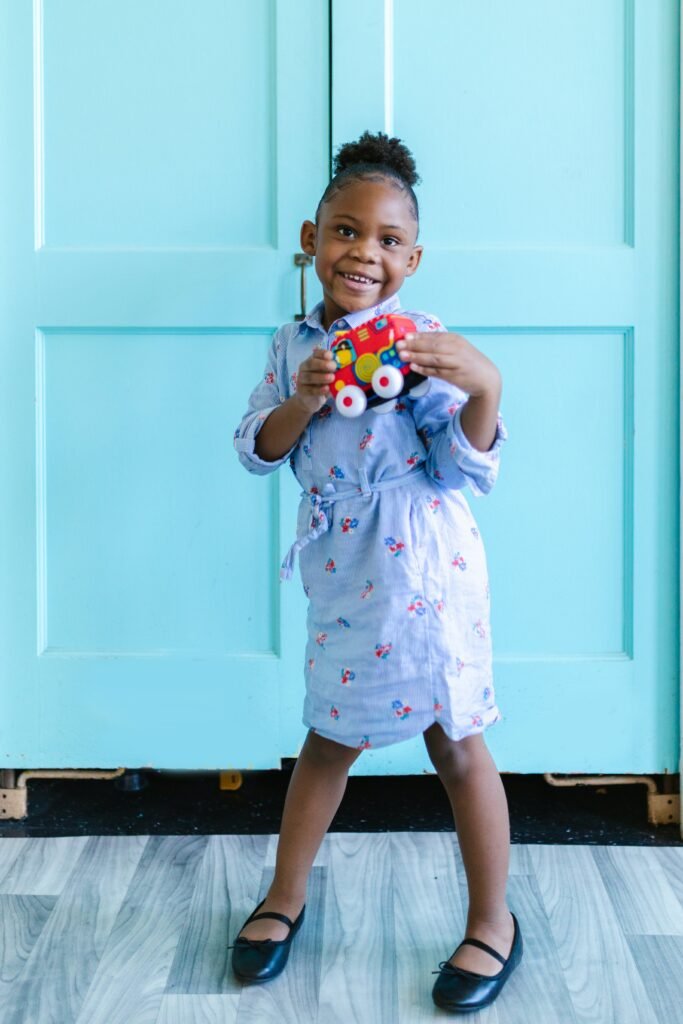
Wrapping Up
The ability to grab toys is an important milestone in your baby’s development. It signifies the advancement of their fine motor skills, hand-eye coordination, and overall physical growth. By understanding the age ranges and developmental milestones associated with grabbing toys, you can provide your baby with the appropriate toys and activities that promote their motor skills and encourage their exploration of the world around them. Remember to always prioritize safety when selecting toys, ensuring they are age-appropriate and free from any potential hazards. Enjoy watching your little one grow and thrive as they master the art of grabbing toys!

